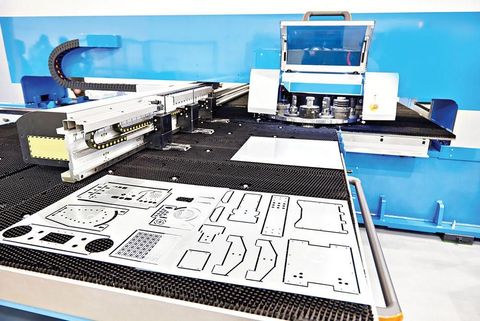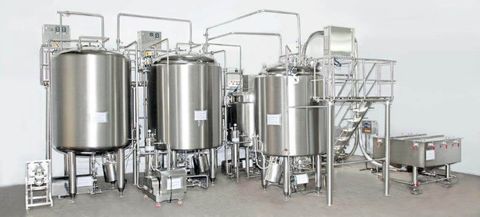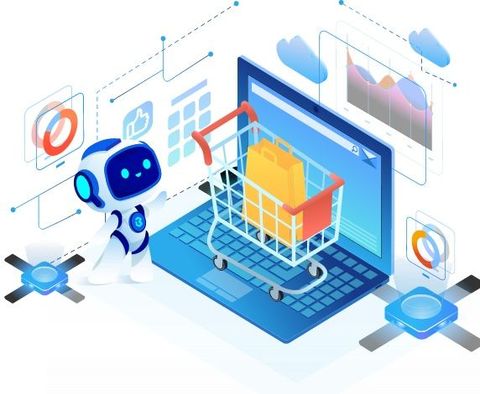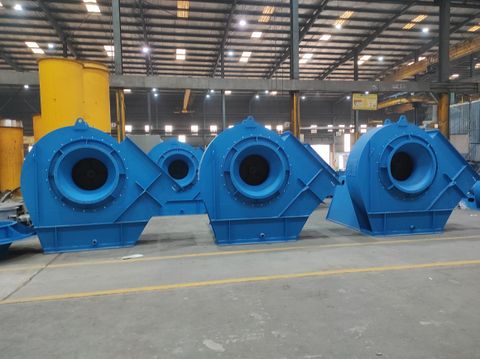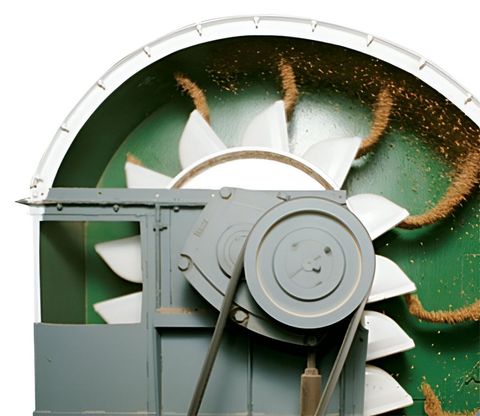Copper Manufacturing Overview: Explore Key Processes, Materials, and Industry Insights
Copper is one of the most widely used industrial metals. Found naturally as ore, it must be extracted, refined, and shaped into usable material. The manufacturing of copper involves several distinct stages: mining the ore, concentrating it, smelting or leaching, refining to high purity, then forming rods, wires, tubes, or sheets.
This process exists because copper in its raw ore form cannot be used directly in most applications. The properties that make copper valuable—high electrical and thermal conductivity, corrosion resistance, and machinability—are achieved only when the metal is refined to a high standard and fabricated into the desired shape.

In simple terms, the life-cycle of copper moves through these stages: mining → processing/concentration → smelting/refining → fabrication → use → recycling. Understanding how copper manufacturing works is useful for anyone interested in manufacturing, infrastructure, construction, electronics, or resource-economics.
Importance
Copper manufacturing plays a vital role in modern industry for several reasons:
-
Critical infrastructure: Copper is essential in electrical wiring, power generation, telecommunications, electronics, and transportation. Its conductivity and durability make it a foundation of modern technology.
-
Energy transition & technology growth: With renewable energy, electric vehicles, and data centres expanding globally, copper demand continues to grow.
-
Economic significance: Copper manufacturing supports mining companies, smelters, refiners, fabricators, and downstream sectors such as construction and electronics. Countries with copper resources benefit from economic development and export potential.
-
Recycling & sustainability: Copper can be recycled endlessly without losing its properties. Recycling reduces waste, saves energy, and conserves natural resources.
-
Supply-chain and sustainability challenges: The manufacturing process consumes significant energy and generates waste materials. Understanding these impacts helps improve environmental performance and promote responsible sourcing.
By studying copper manufacturing, one can appreciate how raw materials are transformed into industrial components and how this process supports global progress.
Recent Updates
The copper manufacturing industry has seen notable trends and developments in 2024–2025:
-
Rising demand: Global demand for copper has increased due to clean-energy technologies and electric mobility. Forecasts suggest demand could outpace supply within the next decade.
-
Price fluctuations: Copper prices rose steadily through 2025, reflecting strong industrial demand and limited new mine supply.
-
Production changes: Global mine production is projected to grow modestly, but refining capacity and concentrate supply remain under pressure.
-
Technological improvements: New smelting and refining technologies aim to reduce emissions and energy use while improving efficiency.
-
Indian market developments: India introduced new Quality Control Orders (QCO) for copper products in 2025, requiring compliance with Indian Standards for wires, rods, and tubes. This move aims to improve product quality and reduce substandard imports.
-
Recycling growth: Many manufacturers are investing in scrap-based copper production to support circular economy goals and lower carbon footprints.
These changes show how copper manufacturing is adapting to new market dynamics, environmental standards, and policy shifts.
Laws or Policies
Copper manufacturing is influenced by several laws, regulations, and government initiatives:
-
Quality Control Orders (India): The Indian government issued QCOs for copper products, mandating that they meet specific Indian Standards such as those for copper wire rods and tubes. Manufacturers and importers must obtain Bureau of Indian Standards (BIS) certification before selling or distributing these products.
-
Certification and import regulations: Non-compliance with quality requirements can result in fines, penalties, or restricted imports. The goal is to ensure consistent product quality and safety.
-
Extended Producer Responsibility (EPR): Proposed frameworks in India and other countries aim to make producers accountable for the recycling and recovery of copper at the end of its life cycle.
-
Critical minerals strategy: Copper is listed among India’s key critical minerals, encouraging domestic investment in smelting, refining, and recycling infrastructure to strengthen resource security.
-
Environmental and waste-management guidelines: Copper smelters and refiners must follow environmental standards for waste management, emissions, and slag handling under pollution control regulations.
These policies shape how copper is manufactured, traded, and recycled, ensuring safety, quality, and environmental compliance across the industry.
Tools and Resources
Here are some practical tools and resources for understanding and working with copper manufacturing:
-
Industry associations: The International Copper Association and similar organizations provide market studies, sustainability reports, and lifecycle data.
-
Regulatory databases: The Bureau of Indian Standards (BIS) website offers detailed documentation on copper product standards and certification requirements.
-
Market monitoring tools: Commodity trackers such as Trading Economics and the London Metal Exchange publish live copper prices, trends, and forecasts.
-
Educational modules: Online resources from universities and technical institutes explain copper mining, processing, refining, and fabrication methods in simplified formats.
-
Technical process guides: Industrial databases describe pyrometallurgical and hydrometallurgical processes with flow charts, energy data, and process comparisons.
-
Environmental guidelines: Documents from pollution control authorities provide frameworks for handling metallurgical waste, slag recycling, and emission controls.
These resources support professionals, researchers, and students who want to learn about copper manufacturing, regulation, and sustainability practices.
FAQs
Q1: What are the main steps in copper manufacturing?
The key steps include mining, ore concentration, smelting or leaching, refining to high purity, and fabrication into products like wires, rods, and sheets. Recycled copper also goes through refining before reuse.
Q2: What are the two main methods of processing copper ores?
Sulfide ores are processed through pyrometallurgy (smelting and refining), while oxide ores are treated through hydrometallurgy (leaching, solvent extraction, and electrowinning).
Q3: Why is copper recycling important?
Recycling copper saves up to 85% of the energy required for primary production. It reduces dependence on mining, minimizes waste, and supports environmental goals without sacrificing metal quality.
Q4: What are some current challenges in copper manufacturing?
Key challenges include limited new mine supply, rising energy costs, stricter environmental standards, and fluctuating prices. Ensuring compliance with quality regulations and maintaining sustainable production also remain ongoing priorities.
Q5: How do regulations affect copper manufacturing in India?
Manufacturers must comply with QCOs that require BIS certification for certain copper products. These rules improve product quality and safety but also increase compliance requirements for producers and importers.
Conclusion
Copper manufacturing is a vital industrial process that transforms natural ore into one of the most important materials for modern society. Its applications span energy, electronics, construction, and transportation, making it essential for economic growth and technological advancement.
Recent developments in demand, regulation, and sustainability are reshaping how the industry operates. India’s introduction of product quality standards, global efforts toward recycling, and innovations in smelting technology all point to a more efficient and responsible future for copper manufacturing.
For professionals, policymakers, and learners, understanding copper manufacturing offers valuable insight into how raw materials power modern life and how industry can balance productivity with environmental responsibility.

